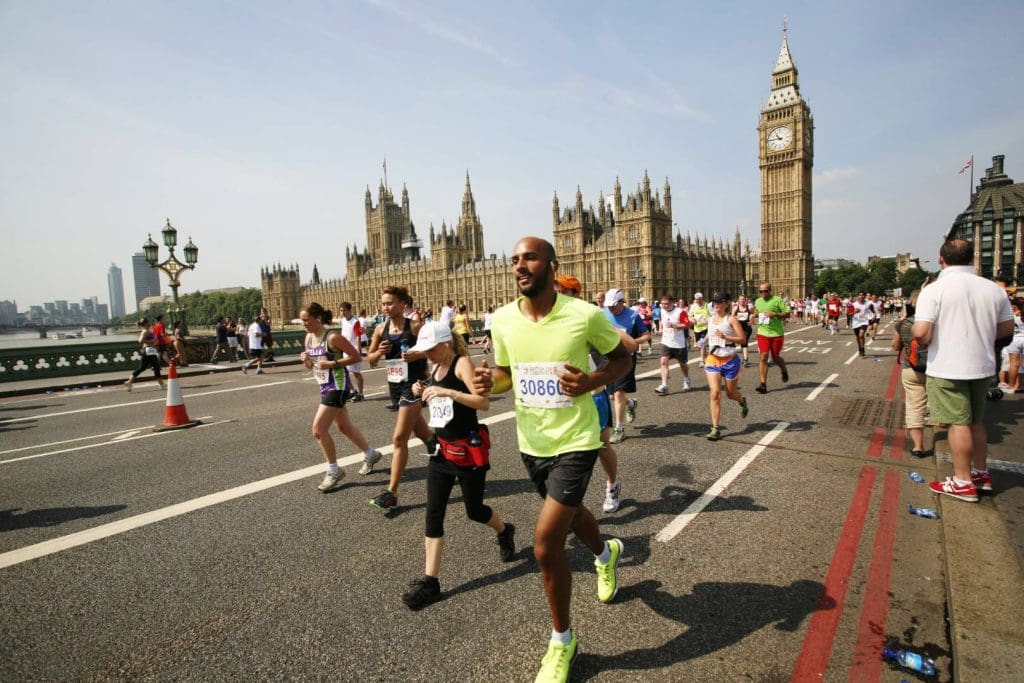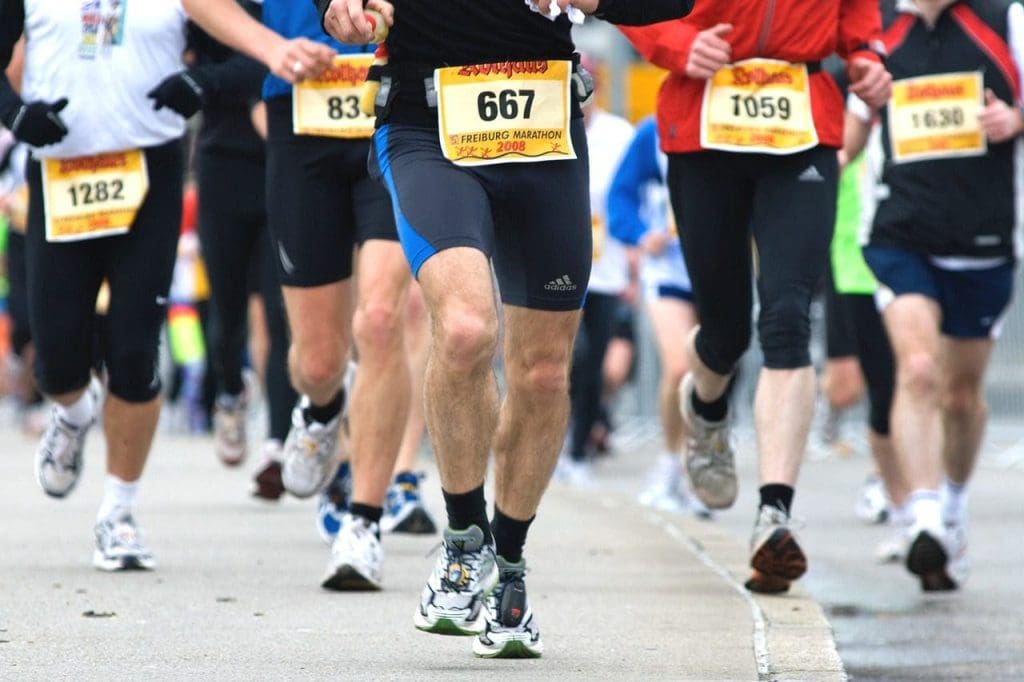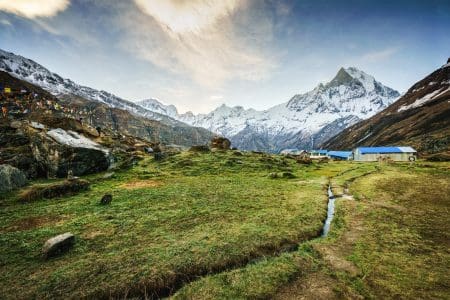Are you a running enthusiast who’s always on the lookout for the next great marathon to conquer? Look no further, as we’ve compiled a list of the best marathons in the world that you simply have to run!
Running a marathon is no small feat, and completing one in a stunning location adds to the experience. Whether you’re a seasoned runner or a beginner looking to take on a new challenge, these marathons offer something for everyone. From the bustling streets of New York City to the historic landmarks of Rome, each marathon has its unique charm and allure.
In this blog post, we’ll take you on a journey around the world and explore the top eight best marathons that are a must-run for any running enthusiast. We’ll cover everything you need to know about each marathon, including the route, history, and what makes it a truly unique experience. Whether you’re looking to run through the heart of Tokyo or beside the scenic Angkor temples, we’ve got you covered.
So, grab your running shoes and get ready to explore the biggest marathons in the world.
Best Marathons in the World
London Marathon
Starting in Greenwich, the London Marathon takes runners through the historic city, past landmarks such as the Tower of London, and finishing at Buckingham Palace. Known for its lively atmosphere, this marathon is a popular event for charity runners and professionals alike.

Boston Marathon
One of the oldest marathons in the world, the Boston Marathon is an iconic race that attracts elite runners from all over the world. The course runs through the historic city of Boston and finishes at Copley Square. With its challenging course and rich history, it’s no wonder that the Boston Marathon is one of the most prestigious marathons in the world.
Rome Marathon
The Rome Marathon takes runners through the heart of the Italian capital, passing by iconic landmarks such as the Colosseum and the Vatican. With a relatively flat course, this marathon is a great option for runners looking to take on a new challenge while enjoying the beauty of the city.
Berlin Marathon
The Berlin Marathon is known for its fast and flat course, making it a popular choice for runners looking to set a personal best time. The course takes runners through the city, passing by landmarks such as the Brandenburg Gate and the Berlin Wall.
New York Marathon
The TCS New York Marathon is the largest marathon in the world, attracting over 50,000 runners each year. The course takes runners through all five boroughs of New York City, with the finish line in Central Park. With its energetic atmosphere and scenic route, it’s no wonder that the New York Marathon is a bucket list race for many runners.
Chicago Marathon
The Bank of America Chicago Marathon is known for its fast course and friendly atmosphere, making it a popular choice for runners of all levels. The course takes runners through the city’s neighborhoods, past landmarks such as the Willis Tower and Grant Park.
For a foodie take on running why not try the Marathon du Malton?
Tokyo Marathon
The Tokyo Marathon takes runners through the heart of the city, past landmarks such as the Tokyo Tower and Imperial Palace. Known for its impeccable organisation and friendly volunteers, the Tokyo Marathon is a great choice for runners looking to experience Japanese culture while taking on a new challenge.
Angkor Wat Half Marathon
Taking place in Siem Reap, Cambodia, the Angkor Wat Half Marathon is a unique race that allows runners to explore the ancient temples of Angkor Wat. The course takes runners past stunning architecture and natural beauty, making it a must-do for any running and travel enthusiast.
How to Prepare for a Marathon
 Veteran marathon runner Steve Krivonozka provides his avice on running a marathon.
Veteran marathon runner Steve Krivonozka provides his avice on running a marathon.
To avoid injuries, other than for very short distances, don’t increase either the total miles run in a week or the longest distance by more than 10% each time. Gradually increase. There are plenty of free marathon running plans on the internet which are a useful guide. These should include at least a couple of 20+ mile training runs and tapering (i.e. reduced mileages) in the few weeks before the marathon. Keep a training diary and write in the distances/ times/minutes per mile to show your progress. If you’re looking for a fast time, fartlek is the way to go.
Use energy gels or drinks to get a boost, and drink regular water. Take some of both at least every five miles or 30 minutes whilst running. Don’t do anything on the race day you haven’t tried in training – I learnt from experience as I wore a charity vest for the first marathon I did and got chafing where I wouldn’t have expected.
Don’t run long distances for a week before the marathon. You need to build up energy reserves. Be realistic about your finish time and on the race day make sure you don’t set off too fast – you will need that energy for the end. Some advice I was given was to run a steady 20 miles and then do the best 10k you ever did.
Wear a shirt with your name on it. It’s a real boost to hear the crowd shouting for you as you go, especially when you’re struggling. Don’t drink too much beforehand on race day – there are usually long queues for toilets and you need to be hydrated without overdoing it. Imodium is always useful to ward off runners trots.
Enjoy the event. If you have done all the training and remained injury free, you can just lap up the occasion.



